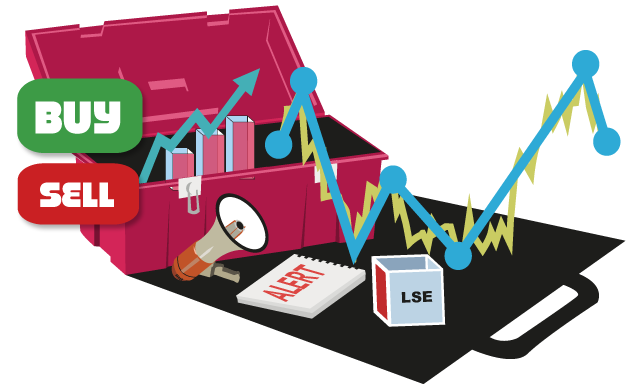Engaging in financial market trading can provide an adrenaline rush, offering the possibility of substantial profits. Nonetheless, it comes hand in hand with inherent perils that can result in considerable setbacks. Savvy traders recognize that the meticulous handling of risk and taking CFD trading advice from the experts constitute a pivotal component of their trading approach.

In the text below, you can delve into an array of risk management techniques and tactics embraced by traders as they chart their course through the unpredictable waters of financial markets.
Stop Loss Orders
Rank: 1
Stop-loss orders are among the most fundamental and effective risk management tools available to traders. They allow traders to set a predetermined price at which a trade will automatically be closed, limiting potential losses. Stop-loss orders provide discipline and help traders avoid emotional decisions, making them an essential tool for risk management.
Take Profit Orders
Rank: 2
Take-profit orders are similar to stop-loss orders but are used to lock in profits. Traders can set a target price at which a trade will automatically close, ensuring that gains are realized. Combining take profit and stop loss orders in a single trade can create a well-rounded risk management strategy.
Risk-Reward Ratios
Rank: 3
Calculating and adhering to risk-reward ratios is a strategic approach to risk management. Traders determine the potential reward against the risk before entering a trade. A common rule is to aim for a risk-reward ratio of at least 1:2, where the potential reward is twice the risk. This approach helps traders assess whether a trade is worth pursuing.
Diversification
Rank: 4
Diversification involves spreading your investments across different assets or markets to reduce risk. By not putting all your capital into a single asset, you can minimize the impact of a poor-performing investment on your overall portfolio. Diversification is a time-tested strategy for long-term risk management.
Position Sizing
Rank: 5
Position sizing involves determining the size of a trade relative to your overall capital. This ensures that even if a trade goes against you, it won’t deplete a significant portion of your account. Proper position sizing is vital for protecting your capital and managing risk.
Volatility Indicators
Rank: 6
Volatility indicators, such as the Average True Range (ATR) or Bollinger Bands, provide insights into market volatility. By understanding volatility, traders can adjust their position sizes and stop loss levels accordingly. Volatility indicators are particularly useful in highly unpredictable markets.
Hedging Strategies
Rank: 7
Hedging involves taking offsetting positions to mitigate risk. For example, a trader might go long on one asset while simultaneously going short on a correlated asset. While hedging can protect against adverse price movements, it can also be complex and costly, making it less popular among retail traders.
Margin and Leverage Control
Rank: 8
Margin trading allows traders to control larger positions with less capital and amplifies potential losses. Effective use of margin and leverage involves setting strict limits to prevent excessive risk-taking. Many experienced traders prioritize capital preservation over high leverage.
Risk Assessment Tools
Rank: 9
Risk assessment tools, including risk calculators and position size calculators, help traders make informed decisions. These tools consider factors like stop loss levels, entry prices and account size to determine the appropriate position size and risk per trade.
Fundamental Analysis
Rank: 10
While primarily used for investment decisions, fundamental analysis can also be a risk management tool. By researching and understanding the fundamentals of an asset or market, traders can make more informed decisions and reduce the risk of being blindsided by unexpected events.
Technical Analysis
Rank: 11
Technical analysis involves studying price charts and patterns to make trading decisions. While it’s more commonly used for entry and exit points, technical analysis can also be used to set stop loss levels and manage risks. Traders often combine technical analysis with other risk management tools for a holistic approach.
Emotional Control
Rank: 12
Emotional control, while not a tool or strategy in the traditional sense, is crucial for risk management. Emotional decisions like panic selling during a market downturn can lead to significant losses. Traders must develop discipline and stick to their risk management plan regardless of emotions.
Conclusion
Effective risk management is a cornerstone of successful trading. Traders must employ a combination of these tools and strategies to protect their capital and navigate the often unpredictable world of financial markets. The rankings provided are subjective and may vary depending on individual trading styles and preferences. However, what remains constant is the importance of a well-thought-out plan to safeguard against potential losses and enhance the odds of trading success.

 Hot Features
Hot Features













